Representation in Media and Leadership within Marginalized Groups: Progress and Challenges in 2024
Media shapes how we see ourselves and others. It can make groups feel seen or ignored. Groups that only appear a little on TV, in movies, or the news can feel left out.
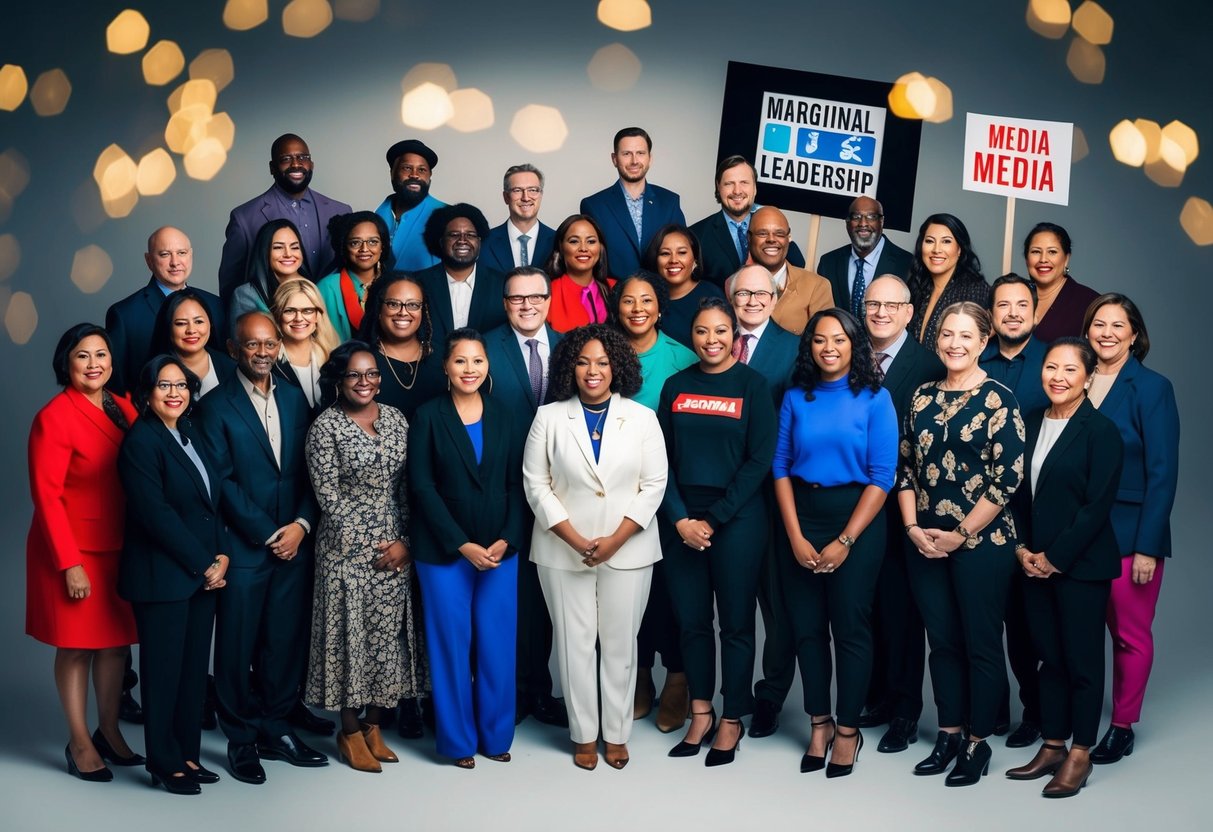
Positive media representation can boost self-esteem, especially for young people from marginalized groups. When kids see people like them doing great things, it helps them believe they can do it, too.
This is true for jobs, school, and life goals.
Leadership roles are key for marginalized groups. Leaders from these groups can speak up about issues that matter to them and inspire others to aim high.
When marginalized people see leaders who look like them, it shows what’s possible.
Historical Context of Marginalization in Media
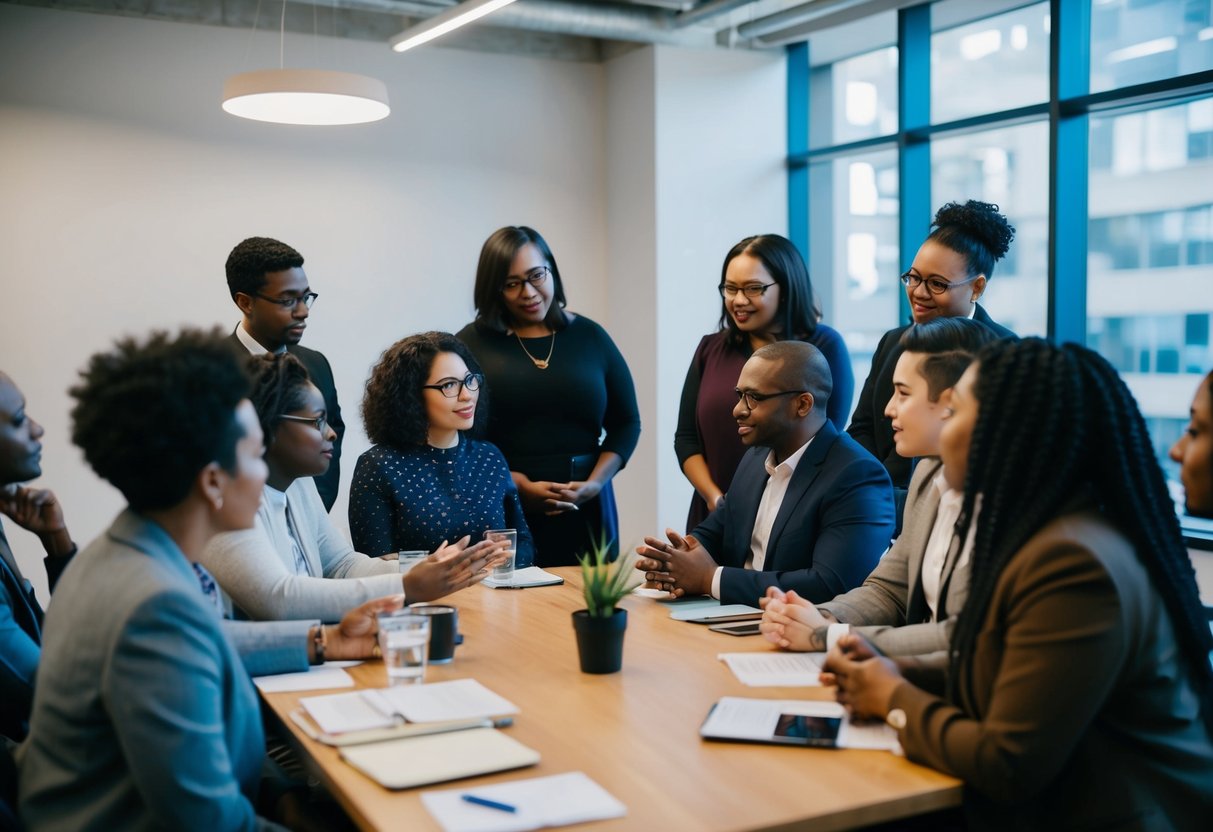
Media has long played a role in shaping public perceptions of ethnic minorities. Over time, representation has evolved, but harmful stereotypes persist and impact marginalized groups.
Evolution of Media Representation
In early American media, ethnic minorities were often invisible or portrayed in limited, stereotypical roles. Black characters were frequently depicted as servants or comic relief.
Asian Americans were rarely seen on screen.
As social movements gained traction, representation slowly improved. The 1960s and 70s saw more diverse casting, though often in supporting roles.
By the 1990s and 2000s, lead characters from various ethnic backgrounds became more common. However, many portrayals still relied on stereotypes.
Today, representation continues to increase. Streaming platforms and social media provide new opportunities for diverse voices. Yet gaps remain, especially for certain groups like Native Americans.
Impact of Stereotypical Portrayal
Stereotypes in media can reinforce harmful assumptions about ethnic minorities. Common tropes include:
- The “model minority” myth for Asian Americans
- Portraying Latino men as criminals or “Latin lovers”
- Depicting Black women as “angry” or “sassy”
These stereotypes can lead to real-world discrimination. They shape how people view and treat members of marginalized groups.
Limited representation also affects self-perception within communities. A lack of positive role models in the media can impact self-esteem and aspirations.
Efforts to counter stereotypes are ongoing. More nuanced, diverse portrayals help challenge assumptions and promote understanding across ethnic groups.
The Role of Gender and Race in Media Leadership
Gender and race play key roles in shaping media leadership. These factors influence who gets promoted and how different groups are portrayed in media content.
Women in Media Leadership
Women face challenges in reaching top media positions. In 2023, only 28% of TV news directors were female, a number that has grown slowly over time.
Print media shows a similar trend. About 35% of newspaper editors are women. Progress has been made, but gaps remain at the highest levels.
Some areas see more female leaders. Women make up nearly half of digital news site editors. However, men still dominate many executive roles across media types.
Pay differences persist, too. Female news anchors often earn less than their male counterparts, and this gap widens at higher job levels.
Representation of Racial Groups in Leadership Roles
Racial diversity in media leadership lags behind population demographics. People of color hold about 15% of top newspaper jobs, a percentage that is higher in TV news, at around 25%.
Minority women face added challenges in reaching leadership roles. They are often underrepresented compared to both white women and men of color.
Some media sectors show progress. Public radio has increased diversity in recent years. However, change needs to occur faster in many areas.
The lack of diversity also affects content. When leadership lacks different perspectives, news coverage can be biased, impacting how racial issues are reported and framed.
Marginalized Groups and Communication Channels
Communication channels are key in how marginalized groups express themselves and access information. Social media and mainstream media each have unique impacts on these communities.
Effectiveness of Social Media as a Platform
Social media gives marginalized groups a voice. These platforms allow direct communication without gatekeepers. Many use social media to share experiences and organize.
Marginalized communities can gain visibility through social networks. They build online communities and support systems. Social media helps spread awareness of issues facing these groups.
Challenges exist, too. Online harassment targets some marginalized users, and algorithms may limit the reach of certain content.
Despite these challenges, social media remains an essential tool for many.
Mainstream Media Content and Its Limitations
Traditional media often needs to improve their representation of marginalized groups. TV, newspapers, and radio have limited diversity in content and staffing, leading to gaps in coverage.
Media representations can reinforce stereotypes about race, gender, and other identities. Some groups receive little to no coverage. When they do appear, portrayals may be one-dimensional.
Progress is happening, but slowly. Some outlets now focus on inclusive reporting, and diverse hiring helps bring new perspectives. However, barriers to equal representation remain in mainstream media.
Intersectionality and Media Representation
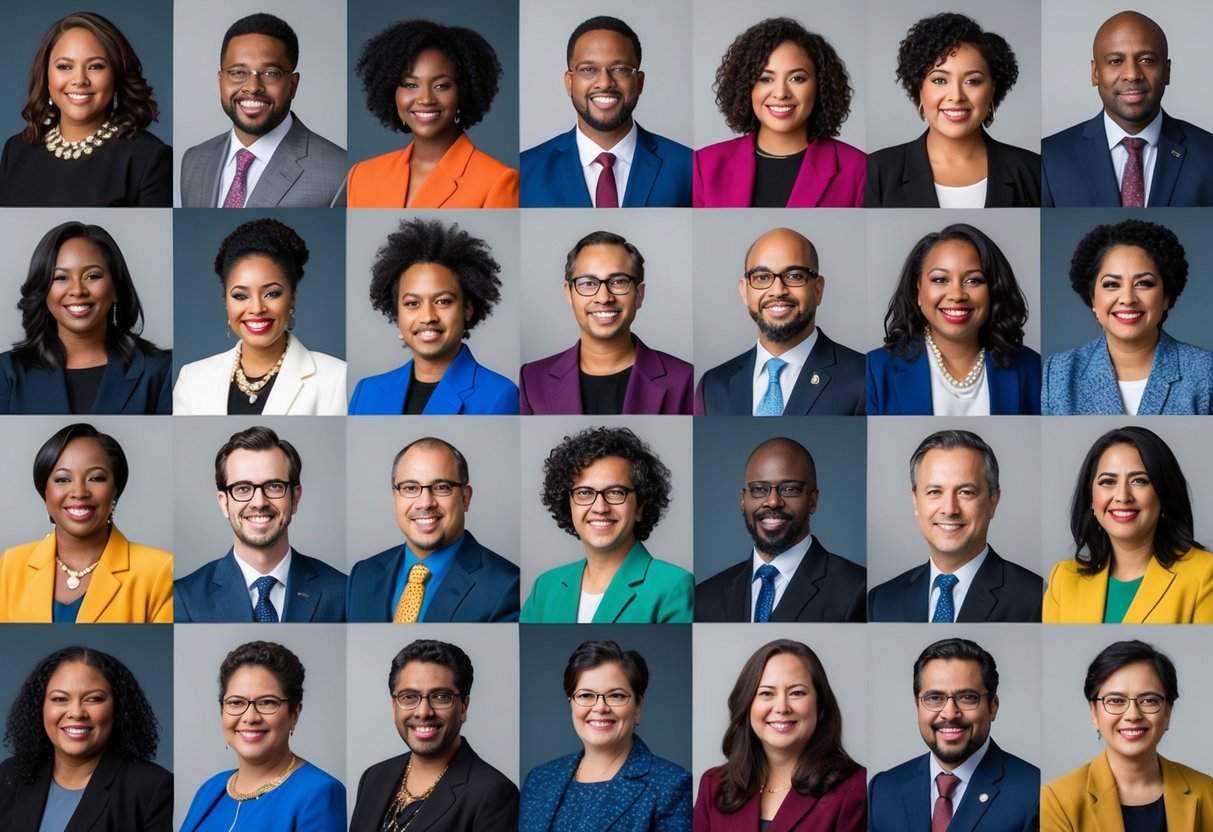
Media representation plays a crucial role in shaping public perceptions of diverse identities. The concept of intersectionality helps us understand how different aspects of identity overlap and interact.
Understanding Intersectionality
Intersectionality looks at how various social categories like race, gender, and class combine to create unique experiences of discrimination or privilege. This idea was first introduced by legal scholar Kimberlé Crenshaw in 1989.
The theory recognizes that people don’t fit into single identity boxes. Instead, their experiences are shaped by multiple overlapping factors.
For example, a Black woman may face different challenges than a white woman or a Black man. Both race and gender uniquely shape her experience.
Media Portrayals of Intersectional Identities
Media often struggles to portray intersectional identities accurately. Characters are frequently reduced to single-identity stereotypes, missing the complexity of real-life experiences.
Some shows and movies are making progress. They’re creating more nuanced representations of characters with multiple marginalized identities.
For instance, a TV series might feature a Latina character who is also queer and disabled. This allows for a more realistic exploration of her challenges and strengths.
However, there’s still room for improvement. Many marginalized groups remain underrepresented in leadership roles both on-screen and behind the scenes in media production.
Effects of Representation on Marginalized Groups
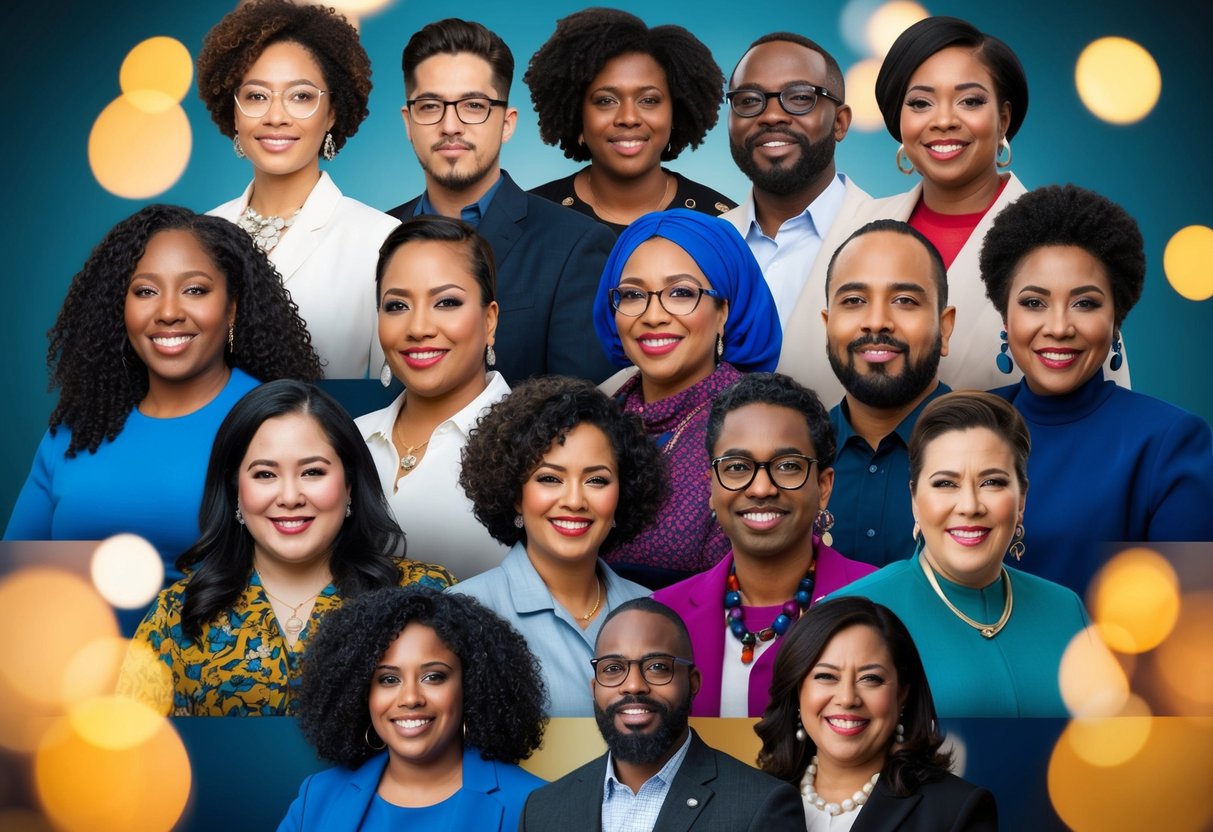
Representation in media and leadership shapes how marginalized groups see themselves and how others perceive them. It can boost confidence or reinforce harmful stereotypes.
Influence on Social Identity and Perception
Positive media representation can increase self-esteem for people from marginalized groups, especially youth. When individuals see people like themselves in important roles, their view of what’s possible expands.
This visibility can challenge negative stereotypes and promote understanding.
For example, diverse characters in TV shows can help viewers see minorities as complex individuals rather than one-dimensional stereotypes.
Representation in leadership positions also matters. When marginalized people hold power, it can inspire others from similar backgrounds to pursue leadership roles.
Consequences of Underrepresentation and Misrepresentation
Lack of representation can make groups like Native Americans and Asian Americans less visible to the general public. This invisibility can lead to a lack of understanding of these communities’ experiences and needs.
Misrepresentation through stereotypes can reinforce prejudice and discrimination.
For instance, negative portrayals of Black and Latino individuals in mass media can shape harmful public perceptions.
Underrepresentation in leadership can limit the perspectives considered in decision-making. This gap can result in policies and practices that don’t address the needs of marginalized communities.
Striving for Equity and Authentic Representation
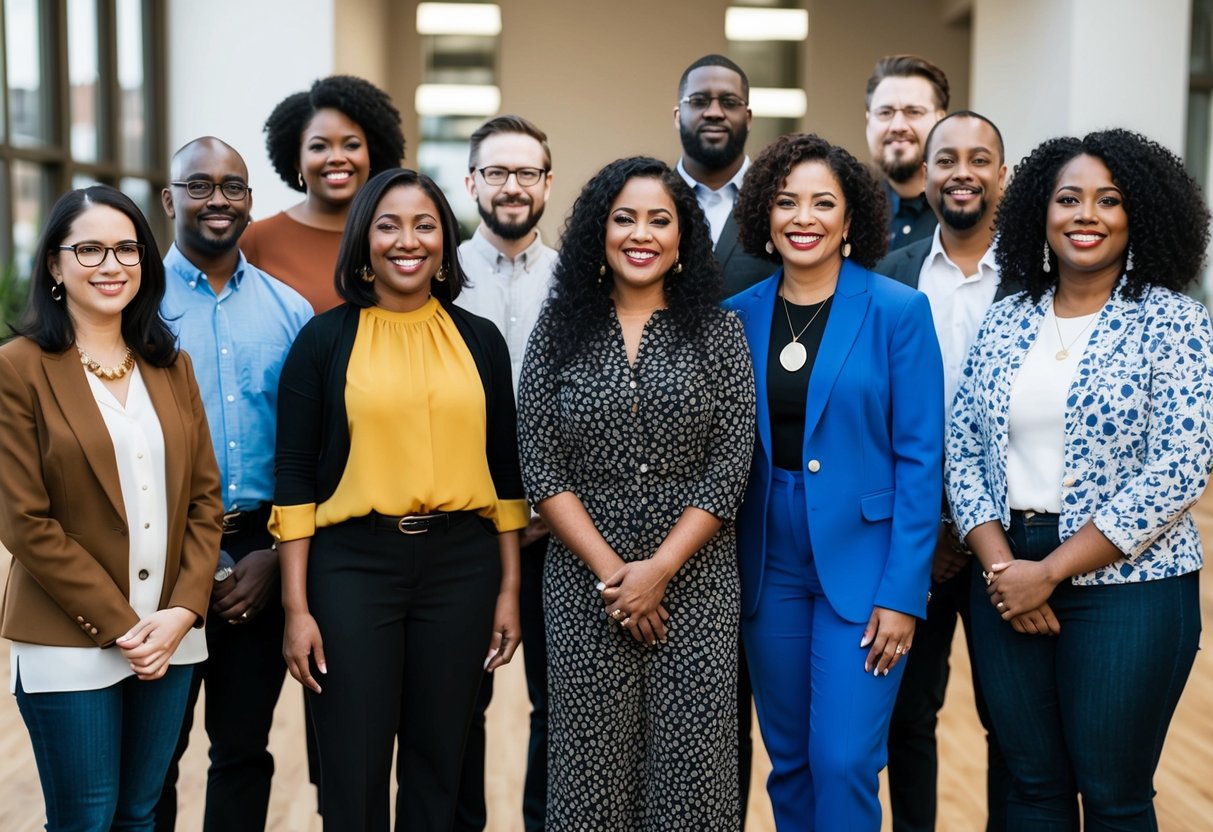
Media and leadership roles need diverse voices to reflect society truly. Progress has been made, but challenges remain in achieving fair and genuine portrayals of all groups.
Challenges and Strategies for Inclusive Media
Many media producers need help to create authentic content for marginalized groups. Stereotypes and limited perspectives often hinder progress.
To address this, some companies are implementing diversity training programs.
Hiring diverse talent in leadership roles can bring fresh viewpoints, helping ensure stories are told accurately and sensitively.
Another critical strategy is community engagement.
Media producers can work directly with marginalized groups to understand their experiences, creating more realistic and nuanced portrayals.
Funding is also crucial. Supporting projects led by underrepresented creators helps amplify new voices. Some studios now offer grants and mentorship programs for diverse filmmakers and writers.
Success Stories and Progressive Media Practices
In recent years, positive changes in representation have occurred. Shows like “Pose” and “Reservation Dogs” showcase authentic stories from LGBTQ+ and Indigenous communities.
Digital platforms have opened new avenues for diverse content.
YouTube and TikTok allow creators from all backgrounds to share their perspectives directly with audiences.
In leadership, companies like Target and Mastercard have made strides in diversity. They’ve increased representation in executive roles and boardrooms.
Some news organizations now use style guides for inclusive language. This helps avoid harmful stereotypes and promotes respectful coverage of all communities.
Media and Leadership within Cultural Movements
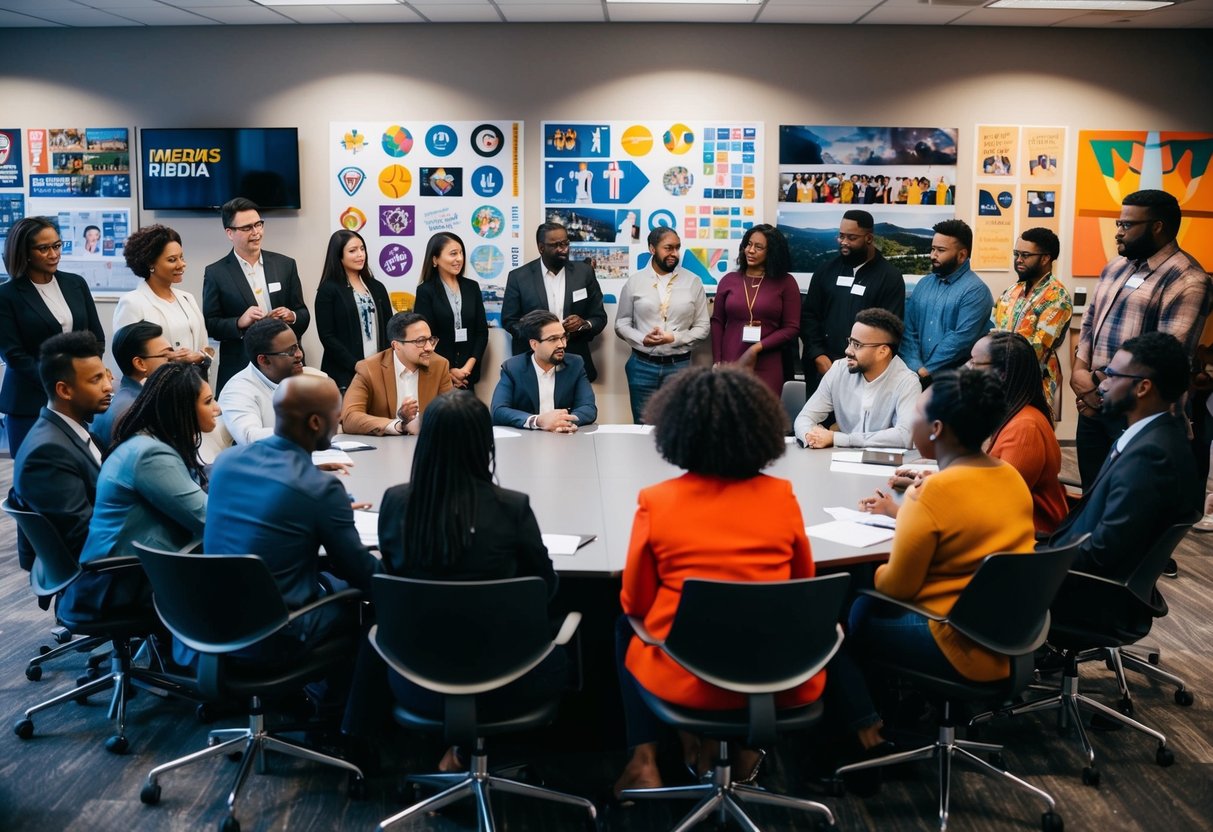
Media plays a crucial role in amplifying cultural movements and shaping public opinion. Leaders of these movements use various media platforms to spread their message and mobilize supporters.
Black Lives Matter and Media Advocacy
The Black Lives Matter (BLM) movement has effectively used social media to raise awareness about racial injustice.
BLM activists have utilized platforms like Twitter and Facebook to share videos of police brutality and organize protests.
Traditional media outlets have also covered BLM extensively, bringing the movement’s concerns to a broader audience. This coverage has helped spark national conversations about systemic racism and police reform.
BLM leaders have become influential voices in the media, often appearing on news programs and writing opinion pieces. Their presence has increased the representation of Black voices in mainstream media discussions about race and social justice.
Media’s Role in Other Cultural and Social Movements
The media has also been instrumental in advancing other cultural and social movements. The #MeToo movement, for example, gained momentum through social media hashtags and widespread news coverage.
LGBTQ+ rights activists have used media to increase visibility and promote acceptance. TV shows and movies featuring LGBTQ+ characters have helped normalize diverse sexual orientations and gender identities.
Environmental movements like Fridays for Future have leveraged media attention to raise awareness about climate change.
Young activists like Greta Thunberg have become global figures through their media appearances and social media presence.
These movements demonstrate how media representation affects social interactions and can drive cultural change. By amplifying diverse voices, media helps shape public discourse and influence policy decisions.
Pandemic Influence on Media Representation Dynamics
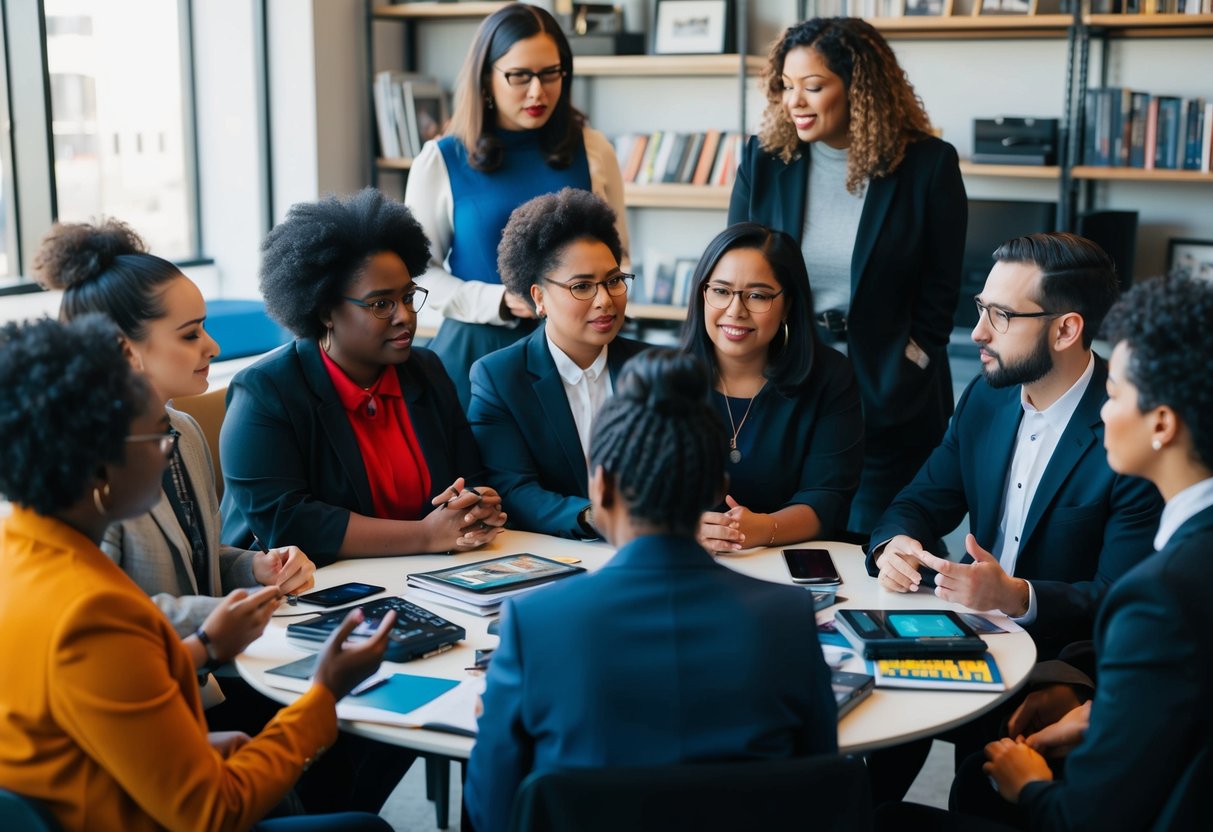
The COVID-19 pandemic changed how the media portrayed different groups. It affected news coverage and communication during a health crisis.
COVID-19 Coverage and Marginalized Communities
Media reports on COVID-19 often focused on constructing certain representations of the pandemic.
Some outlets considered it a “contained pandemic” by emphasizing its foreign origins.
This approach sometimes led to increased discrimination against certain groups. Asian communities faced more prejudice due to the virus’s initial outbreak location.
News coverage also highlighted health disparities. It showed how the pandemic hit some marginalized groups harder than others.
The Role of Media During Health Crises
Media played a key part in shaping public understanding of COVID-19.
It influenced attitudes, beliefs, and opinions about the pandemic.
News outlets became crucial sources of health information. They shared updates on virus spread, safety measures, and vaccine developments.
Some media platforms gave voice to marginalized groups during the crisis.
They shared stories and experiences from diverse communities affected by the pandemic.
This approach helped highlight different groups’ unique challenges and raised awareness about the health crisis’s unequal impacts.
Future Prospects and Research in Media Representation
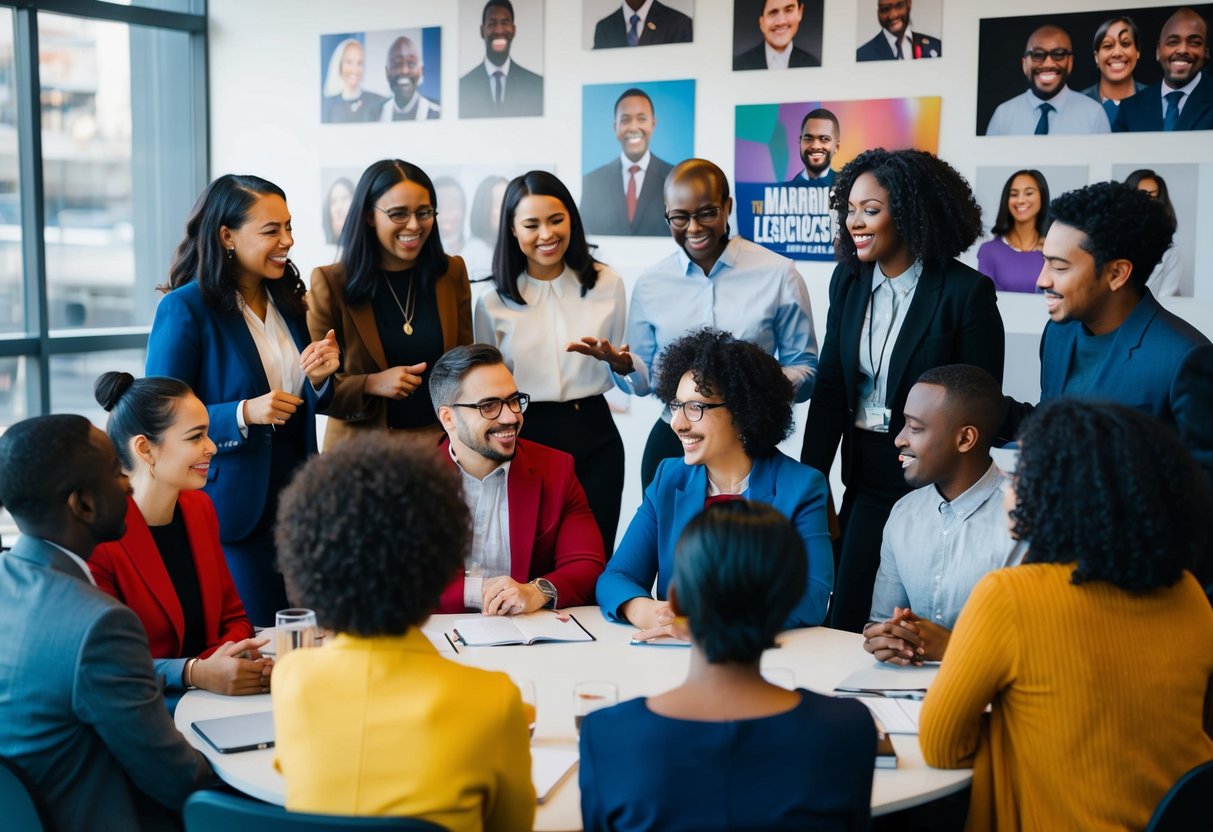
Media representation is evolving rapidly. New technologies and changing social attitudes are reshaping how marginalized groups are portrayed, and academic studies are shedding light on the impacts of these shifts.
Emerging Trends in Entertainment Media
Streaming platforms are leading the way in diverse storytelling.
Shows like “Bridgerton” and “Pose” feature casts and crews from underrepresented groups. Virtual reality and augmented reality offer new ways to tell inclusive stories.
Social media influencers from marginalized communities are gaining large followings. They’re creating content that reflects their experiences and perspectives.
Video games are becoming more representative. Developers are creating characters from diverse backgrounds and including accessibility options.
User-generated content platforms allow people to share their stories directly, bypassing traditional gatekeepers in the entertainment industry.
Academic Research and Policy Implications
Researchers are studying the effects of increased representation in media. Early findings suggest that it positively impacts viewers’ attitudes and self-esteem.
Universities are developing new programs focused on inclusive media production. These aim to train the next generation of diverse creators and executives.
Policymakers are considering new regulations to promote diversity in media. Proposals include tax incentives for inclusive hiring practices and content.
Studies are examining how AI and algorithms affect representation in digital media. Researchers are looking at potential biases in content recommendation systems.
Think tanks are producing reports on best practices for inclusive storytelling. These aim to guide industry professionals in creating authentic representations.

